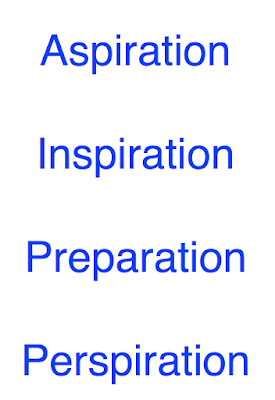Although making the team has always mattered, standing out doesn't always carry the same weight. In a basketball classic, In These Girls Hope is a Muscle, the stars resolve a contentious rivalry along the way to success. They realize the best way forward to team achievement is collaboration. I've witnessed bitter rivalry that had limited impact upon team success. And when I asked a team whether they wanted a special jersey to recognize the practice player of the week, the girls were indifferent. They didn't want to be seen as 'different'.
Coaching can help keep egos grounded. Dean Smith publicly praised role players (similar but distinct) who received less media attention. He noted that the stars would always get their due. Reminding 'star' players to deflect credit to the team and their teammates can help maintain unity. Sometimes the collective appeal to the "working class" mentality against perceived "affluent" competitors drives an edge.
Younger players can benefit when they adopt the work ethic of veteran leaders (mimicry). But they can struggle when trying to displace 'stars'. This sometimes manifests (differentiation) as "hunting shots or drives", taking ill-advised or low percentage shots, or gambling on defense trying to make spectacular plays instead of solid ones.
I have two sets of twins on my current team. Sibling rivalry stimulates competition. But I consciously avoid having the twins mutually compete. Spreading that competition around enhances the collective fight in the team. In fact, before games, I borrowed the line from Kingsman, "are we going to stand around all day or are we going to fight?"
The Move to Opportunity relocation program improved family health, reduced crime, advanced education, and increased career earnings. When we challenge players to compete against better competition, we demand they seek a higher standard of mastery.
Even when we're struggling, we can reframe the contest to motivate better. "Win this half" or "win this quarter" might be a more coherent, attainable, and realistic goal than winning a game from a massive deficit.
Chuck Daly had a saying, "I'm a salesman." As coaches, we can get more by knowing our product and our players. Understanding the science of influence can help improve both individual and team performance.



































